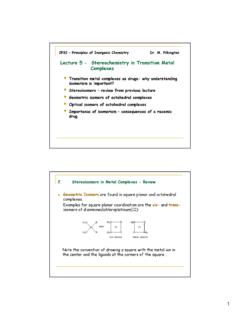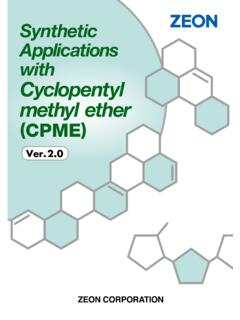Transcription of Stereochemistry: Identifying Stereocenters - UCLA
1 Stereochemistry: Identifying Stereocenters Useful vocabulary words in bold underline. Having trouble with vocabulary? Check the Illustrated Glossary of Organic Chemistry, available at the course web site. Discussion: A stereocenter is an atom that has at least three different attachments; juxtaposition of two of these attachments forms a new stereoisomer. The difference can be anything, except a conformational change. For example we consider n-propyl and isopropyl groups to be different attachments. Propyl groups that differ only in rotation about a single bond (conformational differences) are identical because they can rotate to adopt identical conformations. This molecule has a stereocenter . The carbon indicated by the arrow has four different attachments: CH3, CH3CH2CH2, (CH3)2CH and Cl. This molecule does not have a stereocenter . The carbon indicated by the arrow has three different attachments: CH3, CH3CH2CH2 (two different conformations but still the same group) and Cl.
2 Most instances of chiral molecules that you will encounter at this level of organic chemistry owe their chirality to the presence of one or more Stereocenters . It is not necessary for a molecule to have a stereocenter to be chiral. Make models of the enantiomers of 2,3-pentadiene (1,3-dimethylallene) shown below. Having a stereocenter does not mean a molecule will always be chiral. Explore this point with a molecular model of meso-tartaric acid, a compound critical to Pasteur's studies of optical activity in organic compounds. 1,3-Dimethylallene Meso-tartaric acid In the next section we explore the importance of recognizing chirality in molecular structure. Because Stereocenters are the origin of chirality of most chiral organic molecules, it is useful to be able to recognize Stereocenters within a molecule. Example 1: Identify the stereocenter (s) in this molecule: ClH3 CStereocenterClH3 CNot a stereocenterCCCCH3 HHH3 COHHOHHHOOOOHHOHA nswer: When looking for Stereocenters , pay careful attention to the "different attachments" criterion.
3 Recall that hydrogens of "stick structures" are usually not drawn. Also note attachments that differ only in conformation do not make a stereocenter . The only carbon of 2-butanol that bears 4 different attachments is the alcohol carbon. Example 2: Identify the stereocenter (s) in this molecule: Answer: Despite the wedges, this molecule has only one stereocenter , the alcohol carbon. Don't neglect the hydrogen on this carbon just because it isn't shown. The other carbon bearing wedge and broken line bonds is not a stereocenter , because it has two of the same thing (methyl groups) attached. We often use the wedge and broken line notation to imply a three dimensional arrangement of atoms, but its does not always occur on a stereocenter . Exercises: Locate all stereocenter (s) in each structure. (a) (b) (c) (d) (e) (f) HOHS tereocenterOHHH3 COHHH3 CNot a stereocenterStereocenterHCCCCHHHHHHClHHO HOCH3 IHOH3 CSHOHHCH3 OCOOHCOOHHOHO(g) (h) (i) (j) (k) Exercise Solutions (a) (b) (c) Even though both carbon chains are five atoms, the fact that one is linear and the other branched is sufficient to make them different.
4 (d) OHH3CH3 CClNHNClCH3 HClBrCH3 HClCH3 SOH3 CCH2CH3 HCCCCHHHHHHClHHStereocenterOHOCH3 StereocenterStereocenterIStereocenterSte reocenterStereocenter(e) The carbon bearing the SH group is not a stereocenter because two of its attachments (the methyl groups) are not different. Remember that and indicate position of atoms in space; their presence does not mean the atom is a stereocenter . (f) (g) The atoms indicated are not Stereocenters because in each case two of the attachments (the methyl groups) are identical (h) The amine nitrogen might be labeled as a stereocenter because it has four different attachments (H, a lone pair, and two different carbon groups). However, it is usually not considered to be a stereocenter due to nitrogen inversion. Read more about amine inversion at the Illustrated Glossary of Organic Chemistry on the course web site. (i) Remember that Stereocenters are not limited to carbons with four different groups.
5 In this case swapping the Cl and H, or the CH3 and Br leads to another stereoisomer. Verify this with models. (j) The alkene carbons are not Stereocenters , because swapping the H and Cl, or the CH3 and the CH3, does not lead to a new stereoisomer. Verify this with models. (k) Remember that Stereocenters do not have to be carbon atoms. The sulfur atom is a stereocenter because its attachments (O, CH3, CH2CH3, and a lone pair) are all different, and swapping leads to a new stereoisomer. HOH3 CSHOHHCH3 OStereocenterNot a stereocenterCOOHCOOHHOHOS tereocenterStereocenterOHH3CH3 CClNot a stereocenterNot a stereocenterNHNClNot a stereocenterStereocenterStereocenterSter eocenterCH3 HClBrStereocentersCH3 HClCH3 Not stereocentersSOH3 CCH2CH3 stereocenter
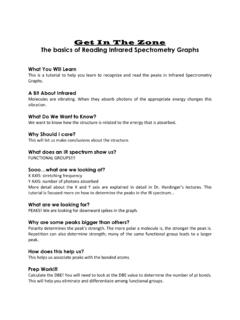
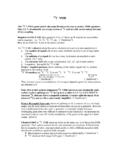
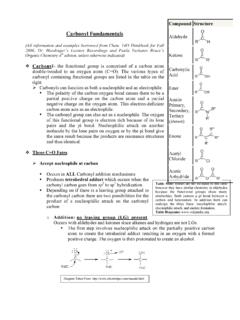
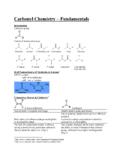
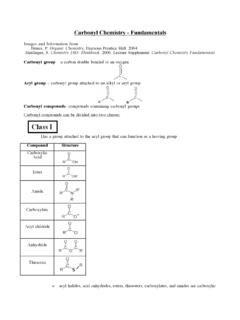
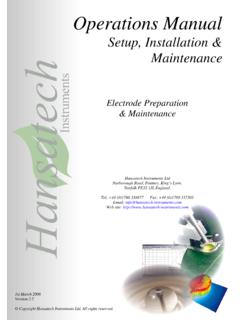
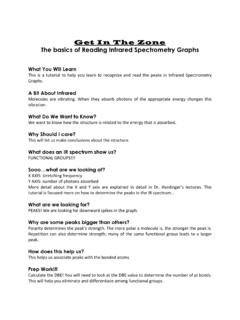
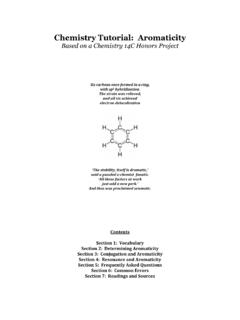
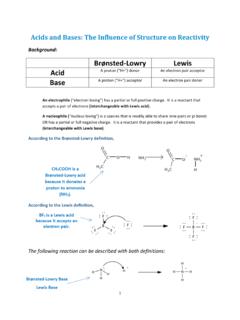
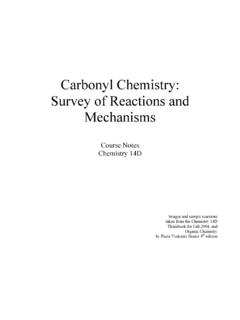

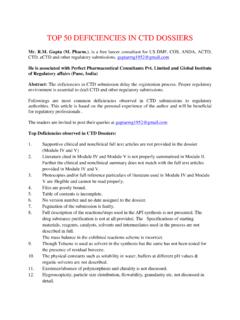
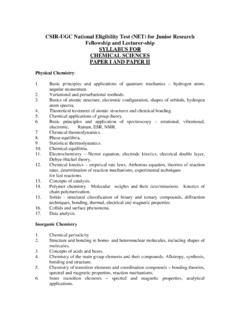
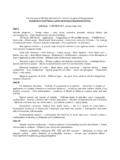
![[3,3]-Sigmatropic rearrangements - Massey University](/cache/preview/0/2/0/3/3/7/7/a/thumb-0203377a43e519e583835c335072f8b8.jpg)
